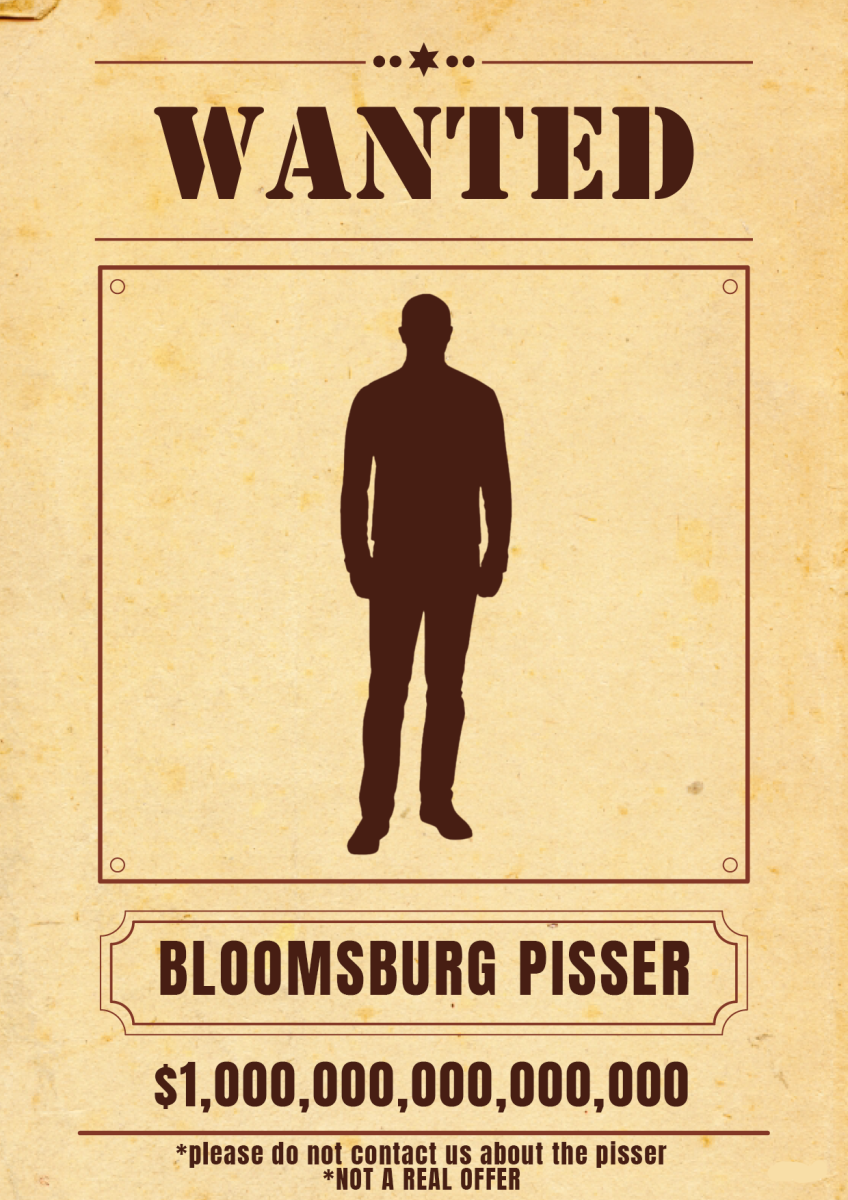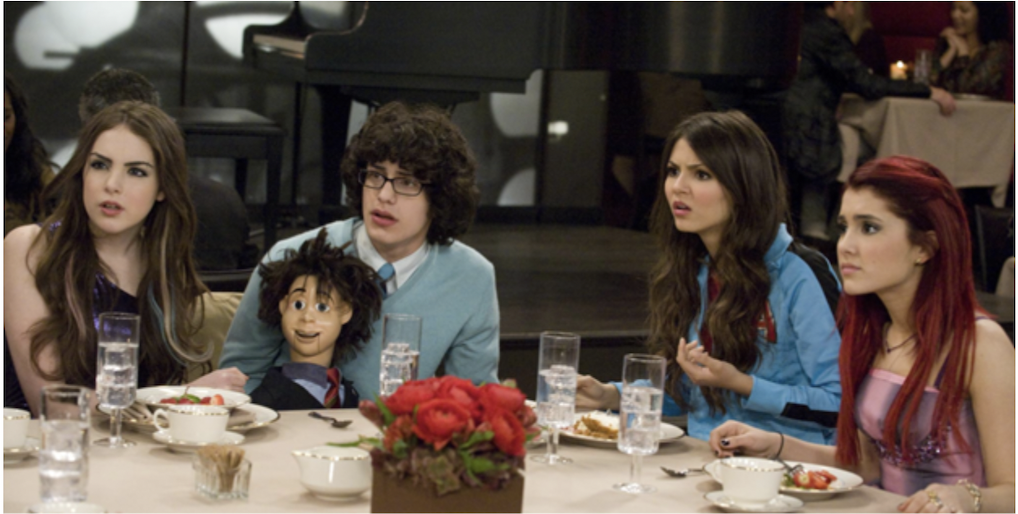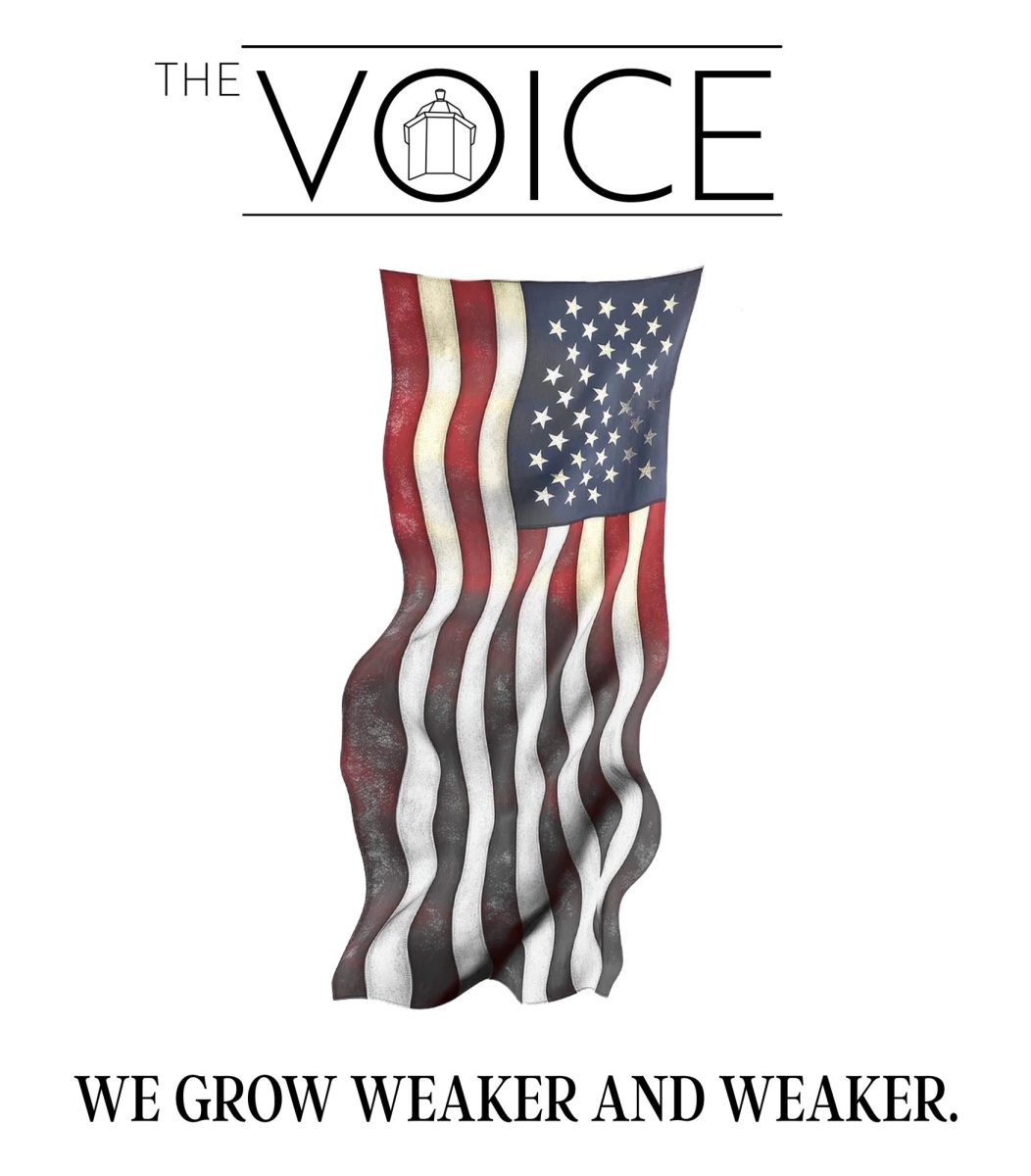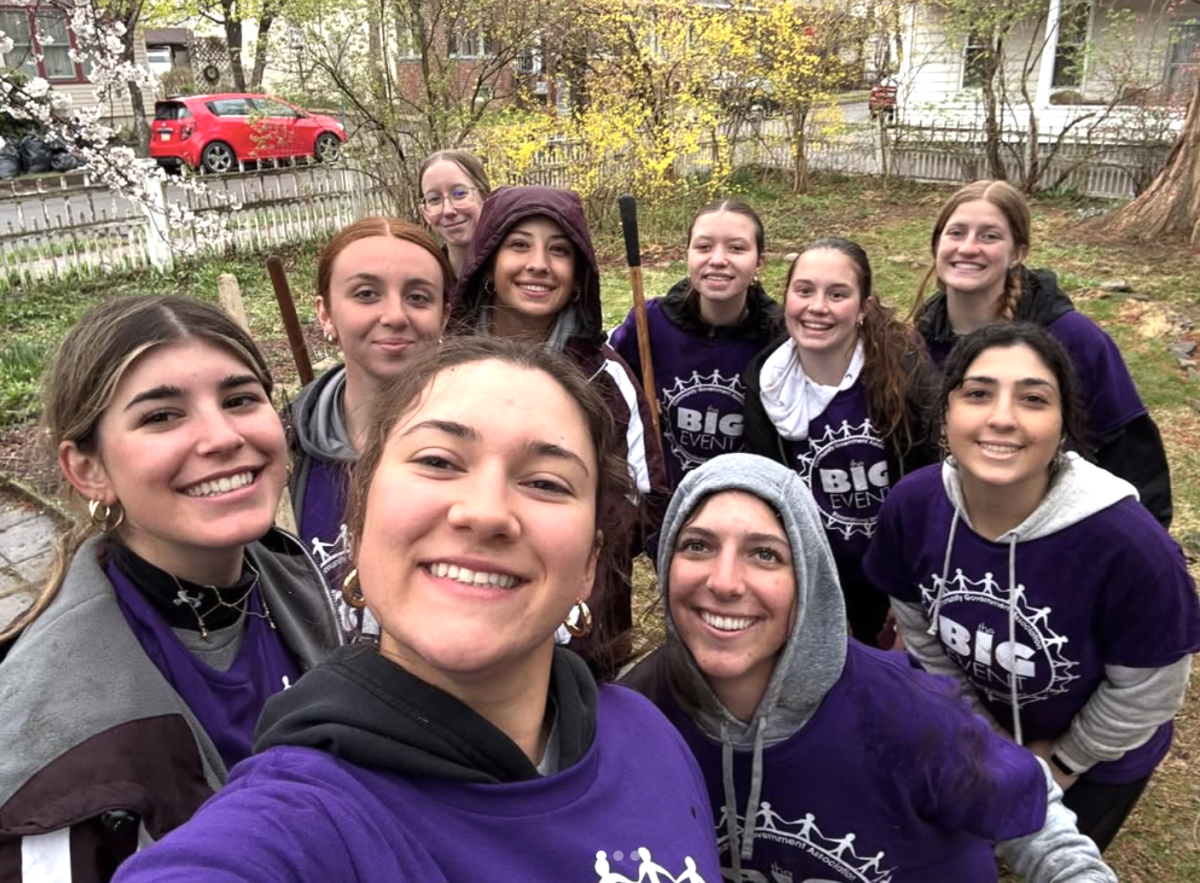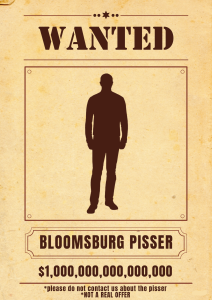Cine-Men
‘Its a Wonderful Life’ is a Christmas Classic
December 5, 2019
Editor’s Note: This article discusses sensitive issues such as suicide.
Welcome back from Thanksgiving break, my faithful readers. With finals around the corner, a lot of us are wishing for Christmas miracles when it comes to the dreaded final grades.
As Christmas is right around the corner, the movie of the week is going to be 1940’s “It’s a Wonderful Life.” This film tells the story of George Bailey, who on Christmas Eve is contemplating suicide. Simultaneously, the people of the small town of Bedford Hills are praying to God for help.
Their prayers are answered when an angel, by the name of Clarence, is sent down to help George. We are shown all the good things that George has done in his life, from saving a drowning child, helping businesses stay open by donating money and many other deeds.
However, through a series of misfortunate events involving lost money and lost tempers one day, George comes to the conclusion that everything went wrong and he must kill himself. Here we arrive back at the scene with George overlooking the side of a bridge.
It is here that Clarence makes himself known to George and shows him what life would be like in Bedford Hills if George was never born and his good deeds never done.
Here George is shown an alternate timeline, with a dark and corrupt version of the town where the evil banker shown throughout the movie owns everything. All people that George has affected over the years lead much more unfortunate lives, and everything is generally terrible.
Upon seeing this, George realizes what he truly has and loves his life. It is when he returns home that everyone in town floods into George’s home to give him money to make up the sum he lost. And everything is generally happy and merry.
In juxtaposition of the film’s now sensational following every holiday season, it performed poorly at the box office, earning $3.3 million at the box office and just barely covering its budget of $3.18 million.
Most film historians chalk this up to the fact the movie released in the holiday season of 1946, one year after World War Two ended, which coincided with a sharp increase in the number of other feel-good holiday movies that were released in the same time frame.
It also didn’t help that the FBI issued a statement about the film, citing its poor views towards bankers and the upper class as “a common trick used by Communists.”
It wasn’t until 1990 that the film was determined to be culturally significant enough to be reserved by the Library of Congress and preserved in the National Film Registry.
My Take:
This film is simply excellent. It is one of the originators of the feel-good holiday movie subgenre and succeeds in this with flying colors.
And its success is based on an odd occurrence in the making of this film. This movie was adapted from the book “The Greatest Gift.” Rather, it should be called a booklet, as it is only roughly 20 pages long.
The vast majority of the film was written specifically for the film, this being overseen by Frank Capra, who also directed and produced the movie. Ironically, Capra was not seen as a very nice man by his staff, but went on to make one of the most joy-inducing movies of all time.
Otherwise for me, this movie as quite hard to pin down as to why it makes me happy. Perhaps it is the celebration in the goodness of one’s actions and what they do to the people around us.
Maybe it is the general celebration of life including both its ups and its downs. Who knows!
Either way, to those reading this, good luck for your finals and Happy Holidays!




